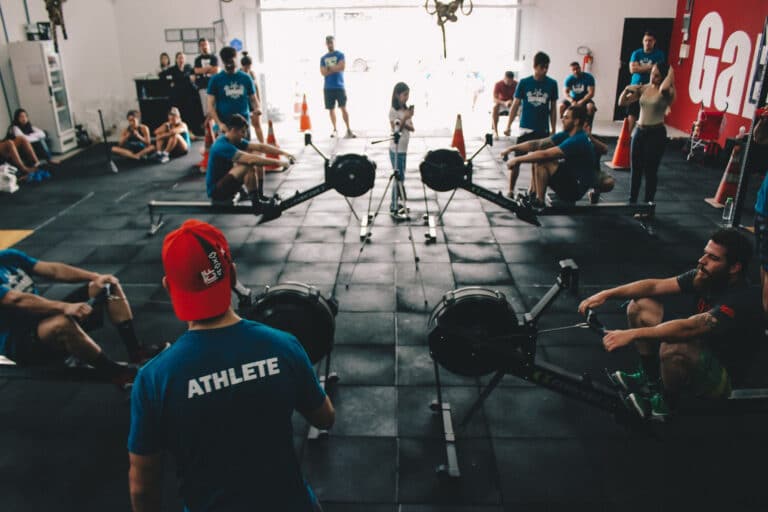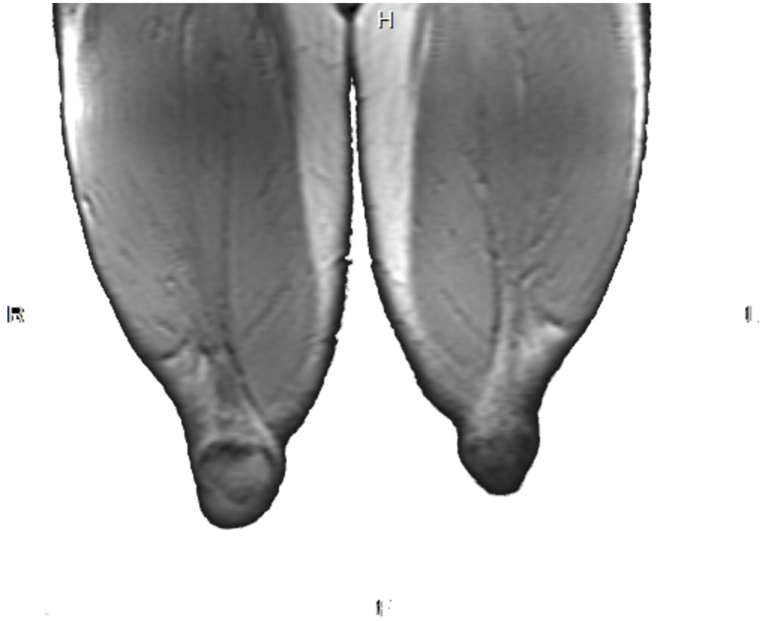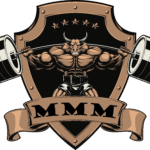Disclaimer: The content of this article is solely for informational purposes and should not be considered medical advice. Always consult with a healthcare professional before starting any new exercise or rehabilitation program, particularly following an injury.
Isolated tricep work is an essential part of any balanced fitness routine. These exercises, such as tricep extensions, kickbacks, and skull crushers, can help you build strength and definition in your upper arms. However, improper form or overuse can lead to elbow pain, which can hinder your progress and potentially cause long-term issues. In this article, we’ll explore the causes of elbow pain during isolated tricep work and provide tips on how to prevent it for a safe and effective workout.
- Understand the anatomy of the elbow and tricep muscles
To effectively prevent elbow pain, it’s essential to understand the anatomy of the elbow joint and tricep muscles. The elbow is a hinge joint composed of three bones: the humerus (upper arm bone), the radius, and the ulna (forearm bones). The triceps brachii, a three-headed muscle, is responsible for extending the elbow and is the primary muscle targeted during isolated tricep work.
- Warm-up and stretch before exercising
Warming up and stretching are crucial to prevent injury and elbow pain during isolated tricep work. Begin with 5-10 minutes of light cardio, such as jogging or jumping jacks, to increase blood flow and warm up your muscles. Follow this with dynamic stretching exercises, focusing on your arms, shoulders, and wrists. This will help prepare your muscles and joints for the load and stress they will experience during your workout.
- Use proper form and technique
Incorrect form during isolated tricep work can place unnecessary stress on your elbow joint, leading to pain and potential injury. To ensure proper form:
- Keep your wrists straight and avoid excessive bending or twisting.
- Maintain a neutral spine and avoid arching your back or overarching your shoulders.
- Focus on slow, controlled movements and avoid using momentum to complete the exercise.
- In exercises like tricep pushdowns or extensions, keep your elbows tucked close to your body and avoid flaring them out to the sides.
- Choose the right equipment and weight
Using appropriate equipment and weight can help prevent elbow pain during isolated tricep work. Avoid using heavy weights that force you to compromise your form or strain your elbow joint. Instead, choose a weight that allows you to perform the exercise with proper form and complete the desired number of repetitions. If you’re new to isolated tricep work, consider using resistance bands or lighter weights to build strength gradually.
- Vary your exercises and training routine
Repetitive movements and overuse of the same muscles can contribute to elbow pain. To prevent this, incorporate a variety of tricep exercises into your routine to target different parts of the muscle and reduce the strain on your elbow joint. Additionally, avoid performing isolated tricep work on consecutive days, allowing your muscles and joints time to recover.
- Strengthen supporting muscles
Weak or imbalanced muscles in your arms and shoulders can contribute to elbow pain during isolated tricep work. Incorporate exercises that target your biceps, forearms, and shoulder muscles into your routine to create balanced strength and provide additional support for your elbow joint.
- Listen to your body
Pain is your body’s way of signaling that something is wrong. If you experience elbow pain during isolated tricep work, stop the exercise and evaluate your form and technique. If the pain persists, consider consulting with a fitness professional or medical expert to identify the cause and develop a plan to address it.
- Seek professional guidance
If you’re unsure about your form or technique, or if you have a history of elbow pain or injury, seek guidance from a certified personal trainer or physical therapist. These professionals can assess your movements, provide personalized recommendations, and develop a safe and effective workout plan tailored to your needs and goals.
- Incorporate recovery and self-care techniques
Proper recovery is essential for preventing elbow pain and promoting overall muscle health. Ensure you get adequate rest between workouts, aiming for at least 48 hours between tricep training sessions. Additionally, incorporate self-care techniques such as foam rolling, massage, and stretching to help release muscle tension and promote flexibility.
- Address existing elbow pain or injury
If you’re already experiencing elbow pain or have a history of injury, consult with a medical professional before engaging in isolated tricep work. They can help identify the cause of the pain and recommend appropriate modifications, treatments, or rehabilitation exercises to address the issue and prevent further injury.
Isolated tricep work is an important component of a well-rounded fitness routine, but it can sometimes lead to elbow pain if not done correctly. By understanding the anatomy of the elbow and tricep muscles, warming up and stretching before exercising, using proper form and technique, choosing the right equipment and weight, varying your exercises, strengthening supporting muscles, listening to your body, seeking professional guidance, incorporating recovery and self-care techniques, and addressing existing elbow pain or injury, you can effectively prevent elbow pain during isolated tricep work and enjoy a safe and effective workout experience.





